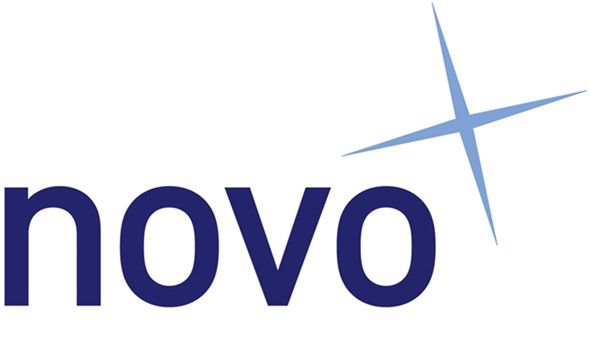What Do Mergers Mean For People Management?

Mergers and acquisitions have major impacts on workforces not only for the firms directly involved but those of the supply chain’s businesses. Phil Reuben examines the key issues for HR
When almost any business change is made it has an impact on employees, and HR teams have a responsibility to lead engagement around this.
Mergers and acquisitions (M&A) are arguably some of the biggest changes that a business can face and the implications on the workforce can be sizeable. There are many factors to consider to ensure a smooth, pain-free transition to new ways of working – all of which require engaged people who need to feel they are part of the journey.
While many businesses will prioritise getting the commercial side of things flowing post-M&A, people are central to any business operation and those working on the ground to deliver supply chain and logistics operations are likely to face some of the biggest shifts. People management in the supply chain simply cannot be overlooked; functions from manufacturing and warehousing to transport and distribution comprise a major proportion of a workforce and M&A can implicate them at scale.
Consolidation of Business Functions
Mergers can involve introducing new product lines and learning from other ways of working to boost productivity or service quality. However, the opportunity to be more strategic about resource can also help to generate cost savings. If the acquirer has done its supply chain due diligence before signing on the dotted line, it may well have identified ways to streamline the business’s outlays, which involves restructuring the workforce.
A merger may well bring about the consolidation of the same function across two or more businesses, resulting in redundancies. One of the former individual entities may also need to embrace automated processes to boost productivity – which again can have impacts on the workforce. Ultimately, any round of redundancies is a sensitive process with a range of complex practical and legal considerations to navigate. Proactive communication that prioritises empathy and gives the employee a forum in which to be heard should be an absolute priority.
Supplier Networks
Another route to commercial gains is post-M&A network consolidation. The coming together of two businesses may call for a review of the geographical setup of the entire supply chain and logistics operation. Manufacturing and warehousing facilities may be streamlined or more strategically located to service particular markets. For example, establishing a larger warehouse in a centralised location may be more cost-effective than retaining several smaller facilities which are dispersed across a wider area.
While this may be more commercially viable, this may also result in redundancies or a requirement for employees to travel further afield for work. Employees’ place of work may be contractually defined, and yet they are now expected to manage the logistics of travelling elsewhere – which can have time, cost, and convenience implications in turn. These consequences need to be acknowledged up front, and one-to-one conversations with those affected need to take place as soon as possible.
Roles and Responsibilities
On the flip side, it’s more than likely that some roles will become more important than ever, with individuals bearing more responsibility than ever before over certain functions or team headcounts. Warehouse staff may also move from managing teams to overseeing automated processes.
Supporting these individuals to feel empowered to embrace their new position, lead with confidence, and do a good job is integral to an effective operation. Of course, there are considerations to be made around remuneration from pay rises and promotions. These should be dealt with early on to ensure that employees feel valued and motivated to embrace their new role – helping the merger or acquisition to hit the ground running in turn.
Systems and Processes
For some of the teams involved, post-M&A, everything is going to feel new. For example, there may be new IT systems to implement – or existing ones for the acquiree to adopt. Those working in people management know that any sort of technical change can have mass ramifications in terms of productivity and generate training requirements – so providing reassurance and engaging employees from the outset is critical.
From a more practical perspective, there may be new machinery for some teams to use – again creating a need for training and requiring sufficient time to embed new ways of working. Alternatively, the new entity may require employees to work on new product lines which are unfamiliar to them. This means that they need to learn new information and develop different skills to manage their work. For example, those working in the food industry may need to shift from working with ambient products to handling refrigerated goods, which have very different requirements.
Originally published on Personnel Today, https://www.personneltoday.com/hr/what-do-mergers-mean-for-people-management/












